Home>Home Appliances>Cleaning Appliances>How Long After Pest Control Can I Mop
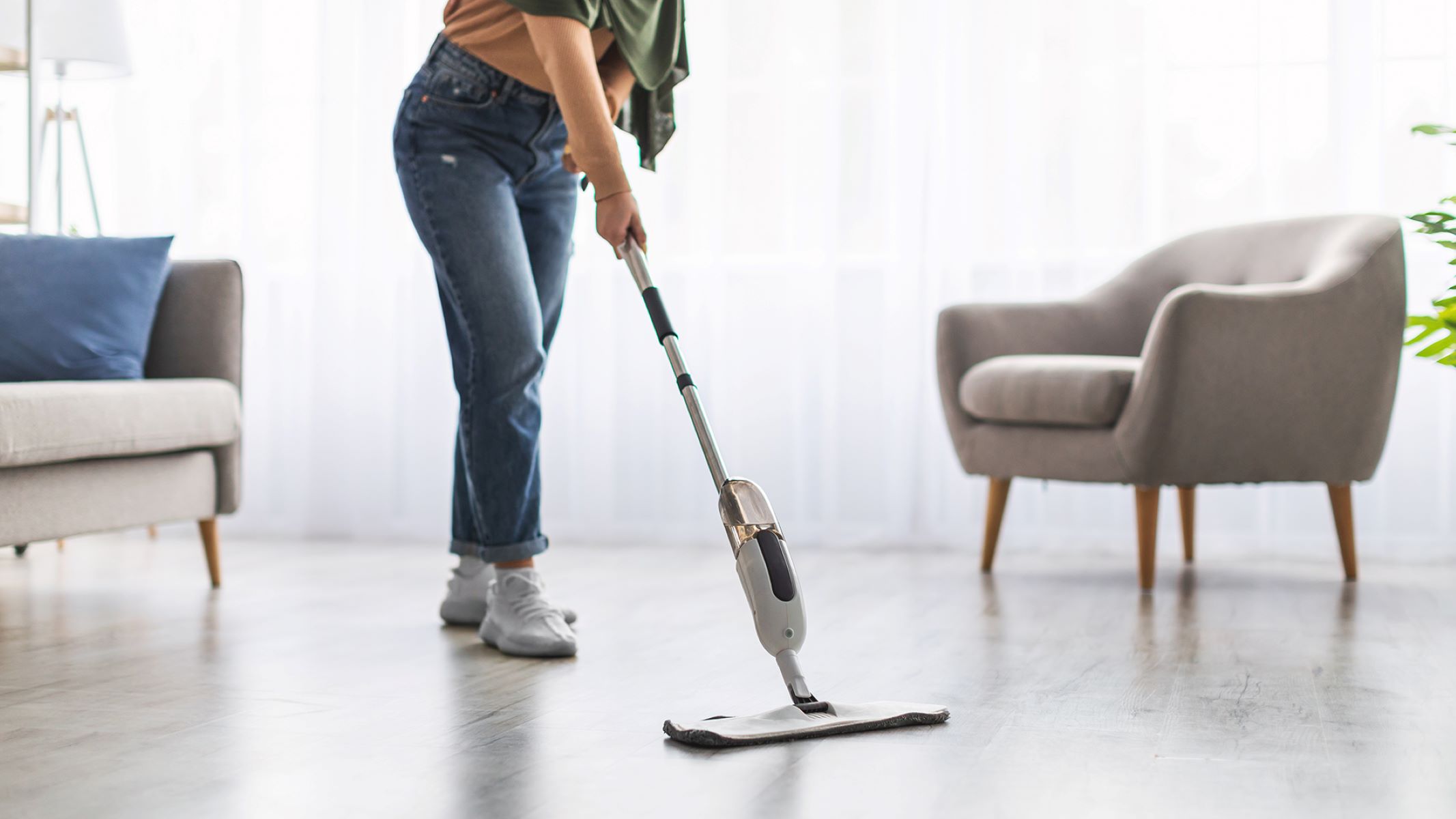

Cleaning Appliances
How Long After Pest Control Can I Mop
Published: December 30, 2023
After pest control, wait at least 24 hours before mopping to ensure the treatment is effective. Learn how to clean appliances after pest control.
(Many of the links in this article redirect to a specific reviewed product. Your purchase of these products through affiliate links helps to generate commission for Storables.com, at no extra cost. Learn more)
Introduction
Welcome to the ultimate guide on pest control and the essential question: “How long after pest control can I mop?” Pest control is a crucial aspect of maintaining a clean and healthy home environment. From eliminating pesky insects to warding off rodents, effective pest control measures play a significant role in safeguarding your home and family. In this comprehensive article, we will delve into the nuances of pest control, explore the waiting period after pest control treatment, and provide valuable insights on the appropriate time to resume mopping your floors. Let’s embark on this enlightening journey to uncover the best practices for post-pest control maintenance.
Key Takeaways:
- Wait for the recommended time after pest control before mopping to ensure the treatment’s effectiveness and your family’s safety. Follow gentle cleaning methods and use mild solutions to maintain a clean environment without compromising the pest control treatment.
- Understanding the waiting period after pest control is crucial for maintaining a safe and effective treatment. Balancing cleanliness with caution is key to achieving optimal results and creating a pest-free, comfortable home environment.
Read more: How Long After Grouting Can You Mop
Importance of Pest Control
Pest control is not only about eradicating unwanted critters from your living space; it is also about ensuring the health and safety of your household. Pests such as cockroaches, rodents, ants, and mosquitoes can pose serious health risks by contaminating food, transmitting diseases, and triggering allergies. Additionally, they can cause structural damage to your home, leading to costly repairs. By implementing effective pest control measures, you can mitigate these risks and create a clean, hygienic, and secure living environment.
Beyond health and safety concerns, pest control is essential for preserving the integrity of your property. Termites, for instance, are notorious for wreaking havoc on wooden structures, potentially compromising the structural stability of your home. Furthermore, pests can tarnish the aesthetics of your living space, impacting its overall appeal and comfort.
Moreover, proactive pest control measures can prevent infestations from spiraling out of control. Addressing pest issues promptly can save you from the headache of dealing with extensive infestations that require more aggressive and costly treatment methods.
Overall, the significance of pest control cannot be overstated. It not only safeguards your health and property but also contributes to a tranquil and pleasant living environment for you and your loved ones.
Types of Pest Control
When it comes to pest control, various methods and techniques are employed to address different types of infestations. Understanding the different types of pest control is crucial for effectively managing and eliminating pest issues. Here are some common types of pest control:
- Chemical Pest Control: This method involves the use of chemical substances to eradicate pests. It includes the application of insecticides, rodenticides, and other chemical formulations to target and eliminate pests. Chemical pest control should be administered with caution, considering the potential impact on the environment and human health.
- Biological Pest Control: Biological pest control utilizes natural predators, parasites, or pathogens to manage pest populations. This eco-friendly approach harnesses the power of nature to maintain a balance in the ecosystem and control pest populations without relying on synthetic chemicals.
- Mechanical Pest Control: Mechanical methods involve physical barriers, traps, or deterrents to prevent pests from accessing and infesting a space. This can include sealing entry points, installing screens, and using devices such as ultrasonic pest repellents.
- Cultural Pest Control: Cultural pest control focuses on modifying the environment to make it less hospitable to pests. This may involve practices such as proper waste management, maintaining cleanliness, and eliminating potential pest breeding grounds.
- Integrated Pest Management (IPM): IPM combines multiple pest control strategies to achieve long-term pest management while minimizing the use of harmful chemicals. It emphasizes preventive measures, monitoring, and targeted interventions tailored to specific pest species.
Each type of pest control has its own advantages and considerations. The choice of method depends on factors such as the type of pest, the severity of the infestation, environmental impact, and the preferences of the homeowner or pest control professional.
Wait at least 24 hours after pest control treatment before mopping to ensure the products have had time to dry and effectively work on eliminating pests.
Waiting Period After Pest Control
After a pest control treatment, it is essential to adhere to a waiting period before resuming regular activities, such as cleaning and mopping. The waiting period serves several important purposes, primarily ensuring the effectiveness of the pest control treatment and the safety of occupants. The duration of the waiting period may vary depending on the type of pest control applied and the specific products used. Here are some general guidelines for the waiting period after different types of pest control:
- Chemical Pest Control: In the case of chemical pest control treatments, it is crucial to follow the recommendations provided by the pest control professional or the product label. This may involve staying out of the treated area for a specified period, often ranging from a few hours to several days. During this time, it is important to keep children, pets, and vulnerable individuals away from the treated areas to prevent exposure to potentially harmful chemicals.
- Biological Pest Control: Biological pest control methods, such as the introduction of natural predators or pathogens, may not necessarily require a waiting period for re-entry. However, it is advisable to consult with the pest control provider to determine if any precautions are necessary before resuming normal activities.
- Mechanical and Cultural Pest Control: These methods typically do not involve the use of chemicals that pose immediate risks to occupants. As a result, there may not be a specific waiting period associated with these approaches. However, it is important to ensure that any physical barriers or traps are not disturbed during the initial phase after treatment.
- Integrated Pest Management (IPM): IPM approaches may involve a combination of pest control methods, and the waiting period can vary based on the specific interventions used. It is recommended to seek guidance from the pest control professional regarding the waiting period and any necessary precautions.
Ultimately, the waiting period after pest control is designed to allow the treatment to take full effect and minimize potential risks to occupants. It is essential to prioritize safety and compliance with the recommended waiting period to ensure the success of the pest control efforts.
Mopping After Pest Control
Once the waiting period following a pest control treatment has elapsed, many homeowners wonder about the appropriate timing for resuming cleaning activities, particularly mopping. While it is important to follow the specific guidelines provided by the pest control professional or product manufacturer, there are general considerations to keep in mind when it comes to mopping after pest control.
Before proceeding with mopping, it is advisable to inspect the treated areas to ensure that any residual chemicals or substances have sufficiently settled and dissipated. This can help prevent potential contact with lingering residues that may pose risks to occupants or interfere with the effectiveness of the treatment. If there are visible residues or odors, it may be necessary to delay mopping until the environment is deemed safe for cleaning activities.
When mopping after pest control, it is recommended to use a mild, non-abrasive cleaning solution and warm water. Avoid using harsh chemicals or strong cleaning agents, especially in areas that have been recently treated for pests. Gentle mopping can help remove dust, debris, and any remnants of pests or treatments while maintaining a clean and sanitary environment.
Furthermore, it is essential to pay attention to specific areas that may require targeted cleaning, such as kitchen surfaces, floors near entry points, and areas where pests were previously detected. Thoroughly cleaning these spaces can contribute to the overall effectiveness of the pest control treatment and help prevent re-infestation.
After mopping, ensure that the cleaned areas are adequately ventilated to promote air circulation and facilitate the dissipation of any residual moisture. Proper ventilation can aid in the removal of cleaning solution residues and contribute to a fresh and healthy indoor environment.
It is important to note that the frequency and intensity of mopping after pest control should be balanced with the need to allow the treatment to take full effect. Overzealous or aggressive cleaning immediately after pest control may diminish the efficacy of the treatment, so it is advisable to exercise caution and moderation in cleaning activities.
By approaching mopping with mindfulness and consideration for the post-pest control environment, homeowners can contribute to the success of the pest control treatment while maintaining a clean and inviting living space for their families.
Read more: How Long After A Glass Of Wine Can I Drive
Conclusion
As we conclude our exploration of the waiting period after pest control and the appropriate timing for mopping, it is evident that a balanced approach to post-pest control maintenance is essential. Pest control plays a pivotal role in preserving the health, safety, and integrity of our homes, and understanding the nuances of post-pest control activities is crucial for maximizing the effectiveness of treatments while maintaining a clean and comfortable living environment.
By recognizing the importance of adhering to waiting periods and following recommended guidelines, homeowners can ensure that pest control treatments achieve their intended outcomes. Whether it involves chemical, biological, mechanical, or cultural pest control methods, each approach demands careful consideration and compliance with safety protocols to safeguard occupants and enhance the efficacy of the treatments.
When it comes to mopping after pest control, a thoughtful and cautious approach is paramount. By employing gentle cleaning methods, using mild solutions, and paying attention to specific areas of concern, homeowners can contribute to the success of pest control treatments without compromising their effectiveness. Balancing the need for cleanliness with the requirements of the waiting period is key to achieving optimal results.
Ultimately, the journey of pest control and post-treatment maintenance is a collaborative effort between homeowners and pest control professionals. By fostering a proactive and informed approach, we can create environments that are inhospitable to pests while promoting the well-being and comfort of our families.
As you navigate the realm of pest control and maintenance, remember that knowledge, prudence, and a commitment to safety are the cornerstones of a successful pest management strategy. By embracing these principles, you can cultivate a home that is not only free from pests but also a haven of cleanliness, tranquility, and peace of mind.
Frequently Asked Questions about How Long After Pest Control Can I Mop
Was this page helpful?
At Storables.com, we guarantee accurate and reliable information. Our content, validated by Expert Board Contributors, is crafted following stringent Editorial Policies. We're committed to providing you with well-researched, expert-backed insights for all your informational needs.

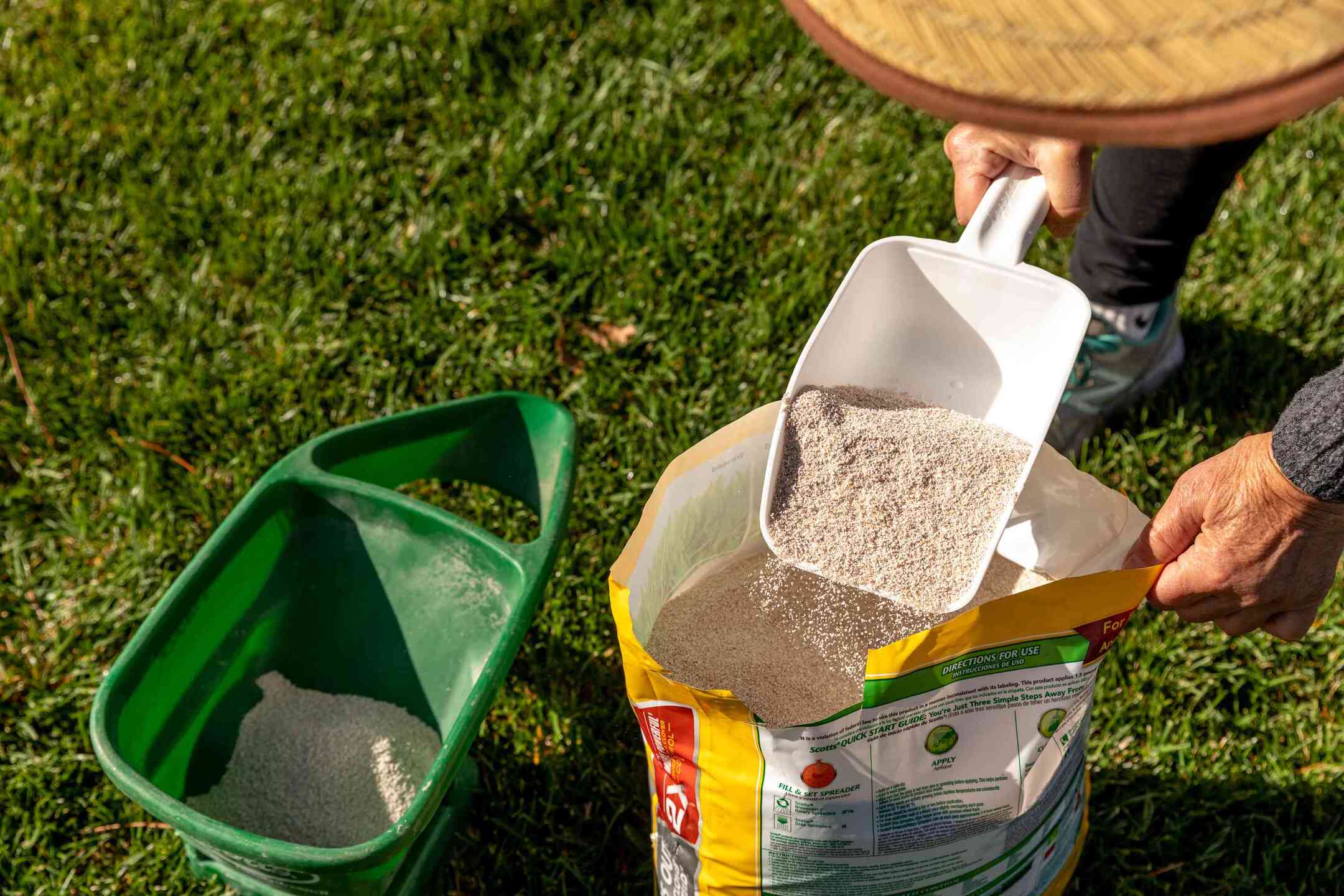
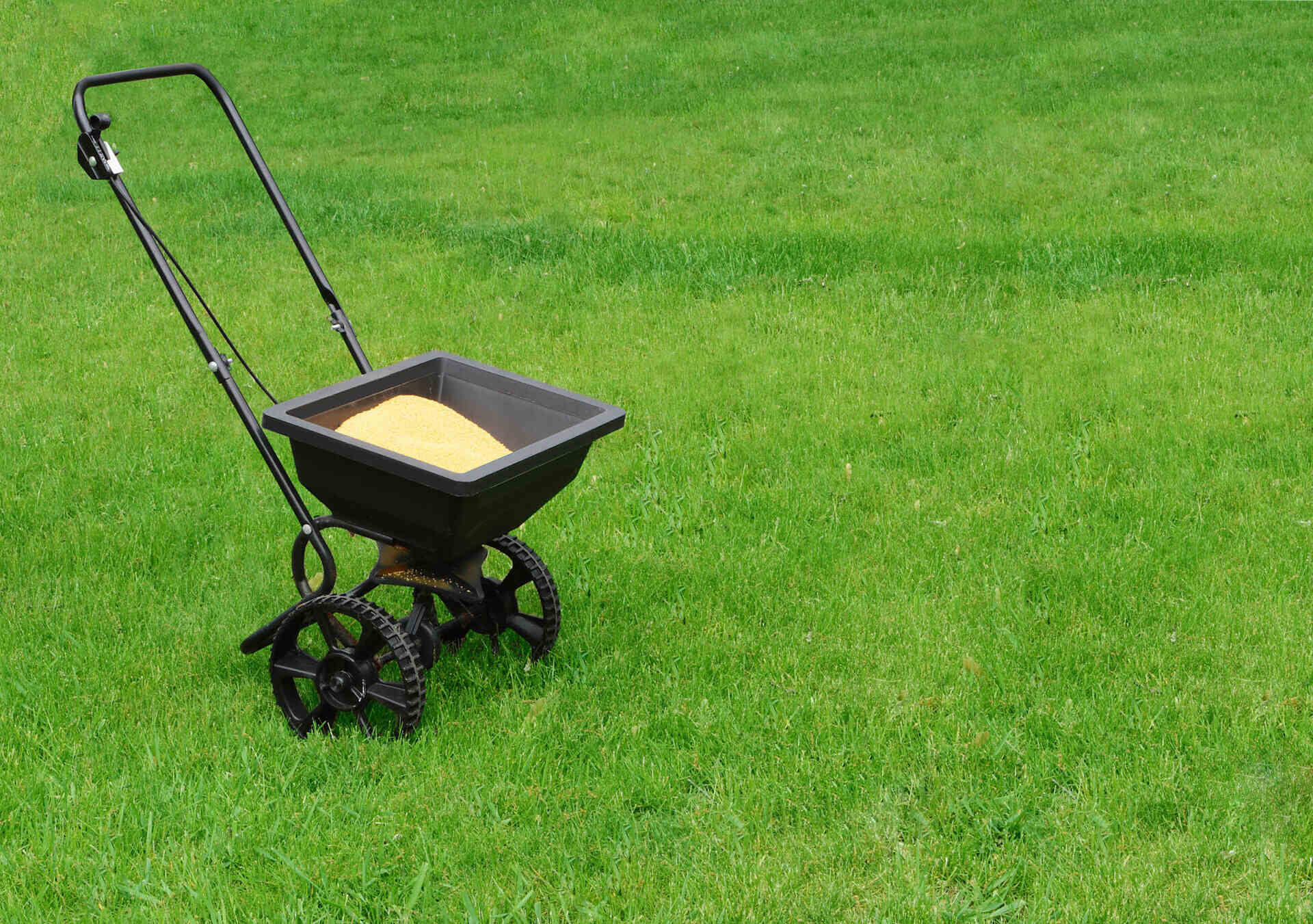

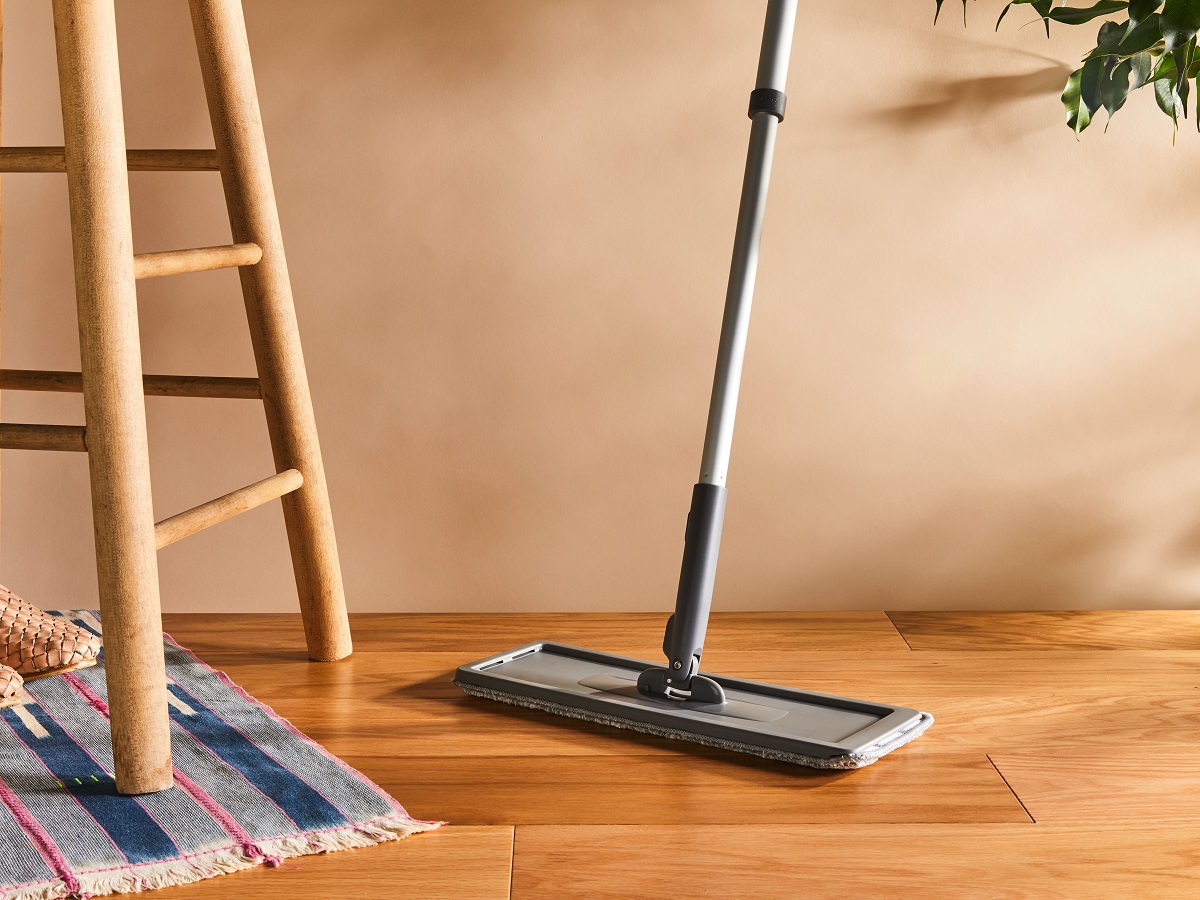
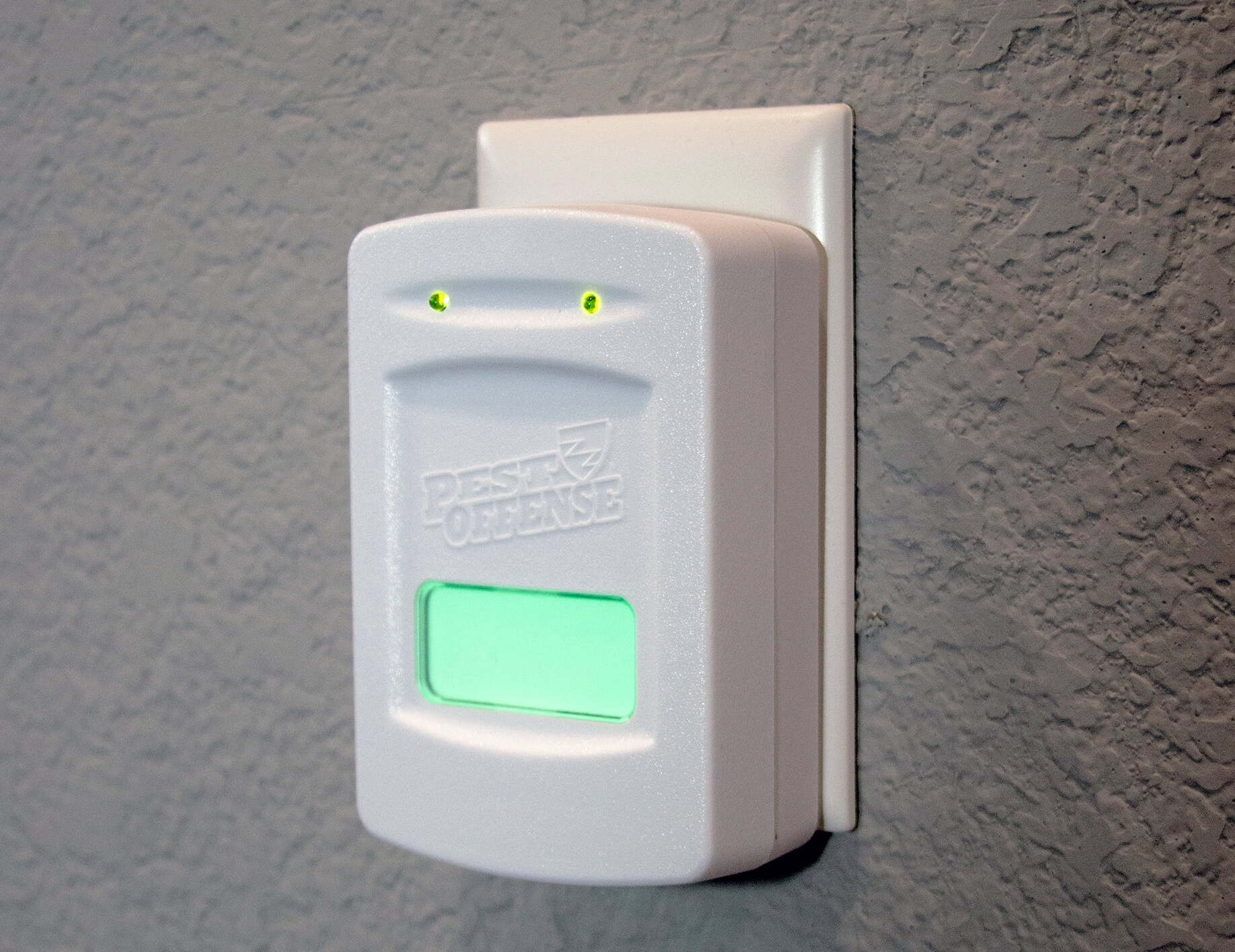
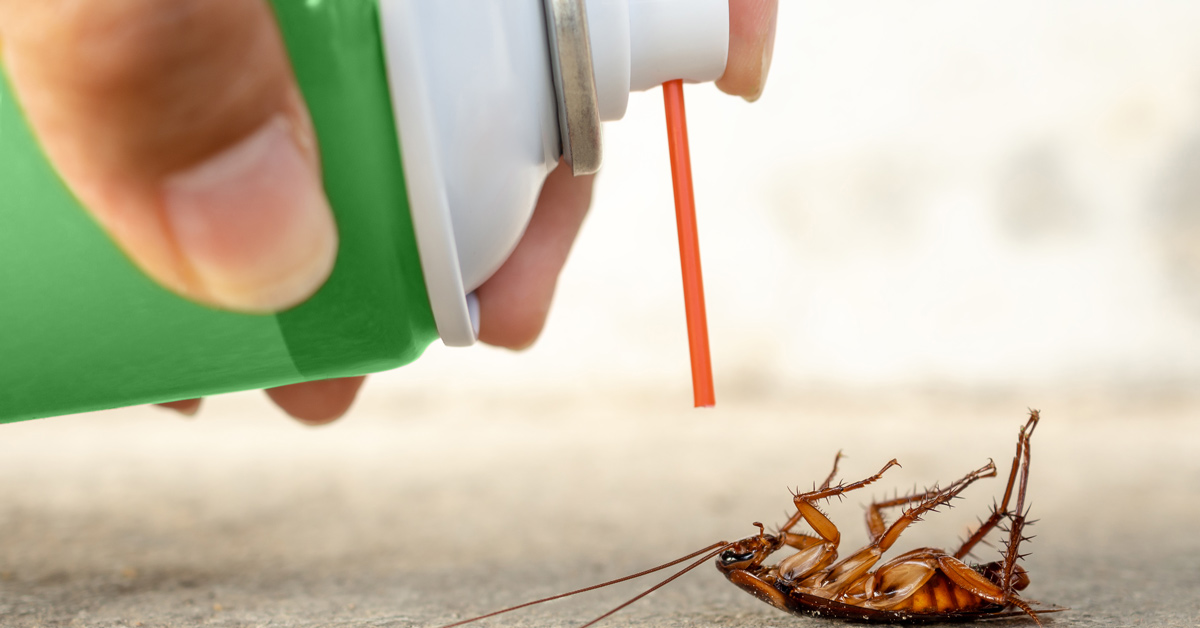
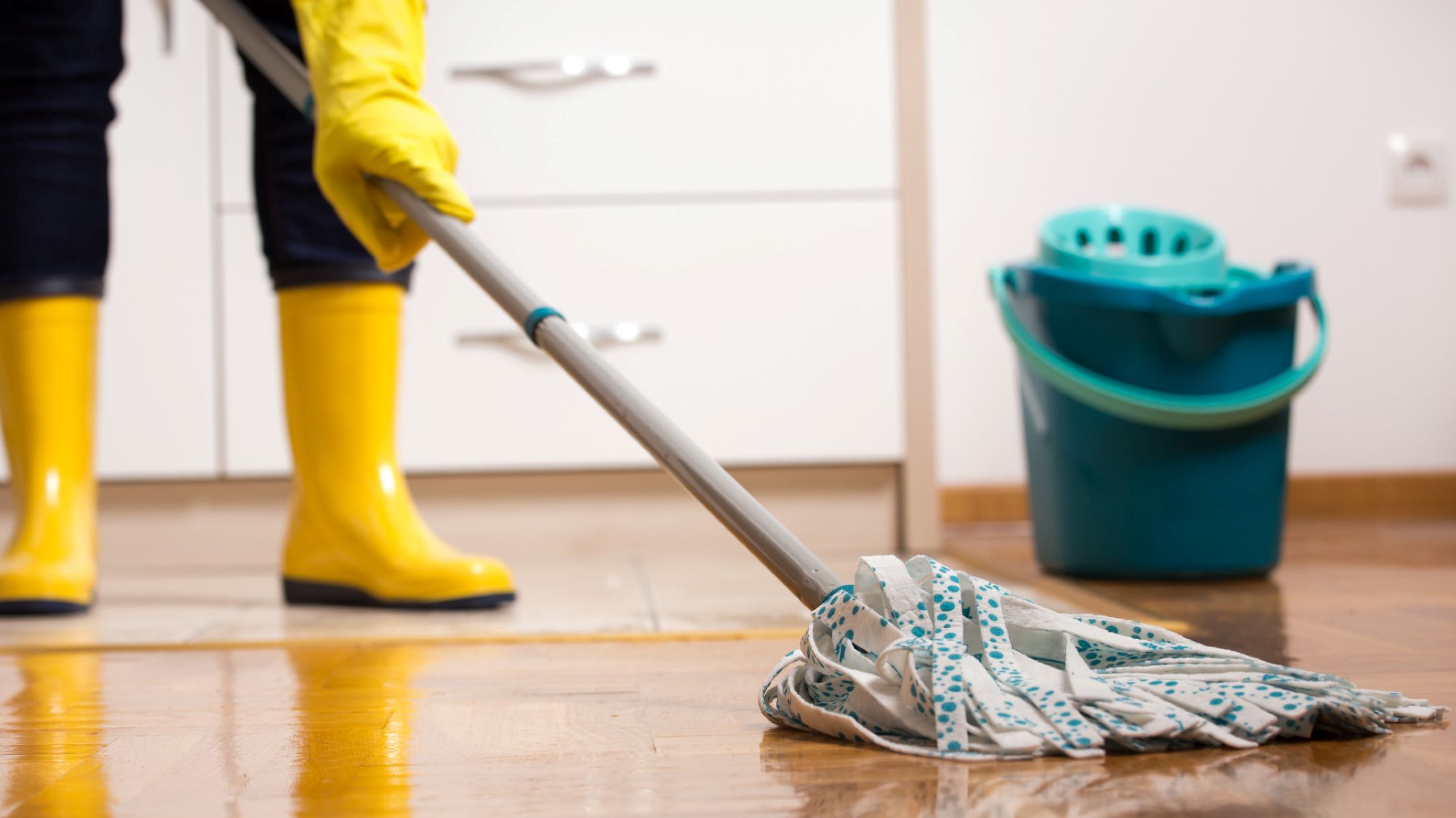
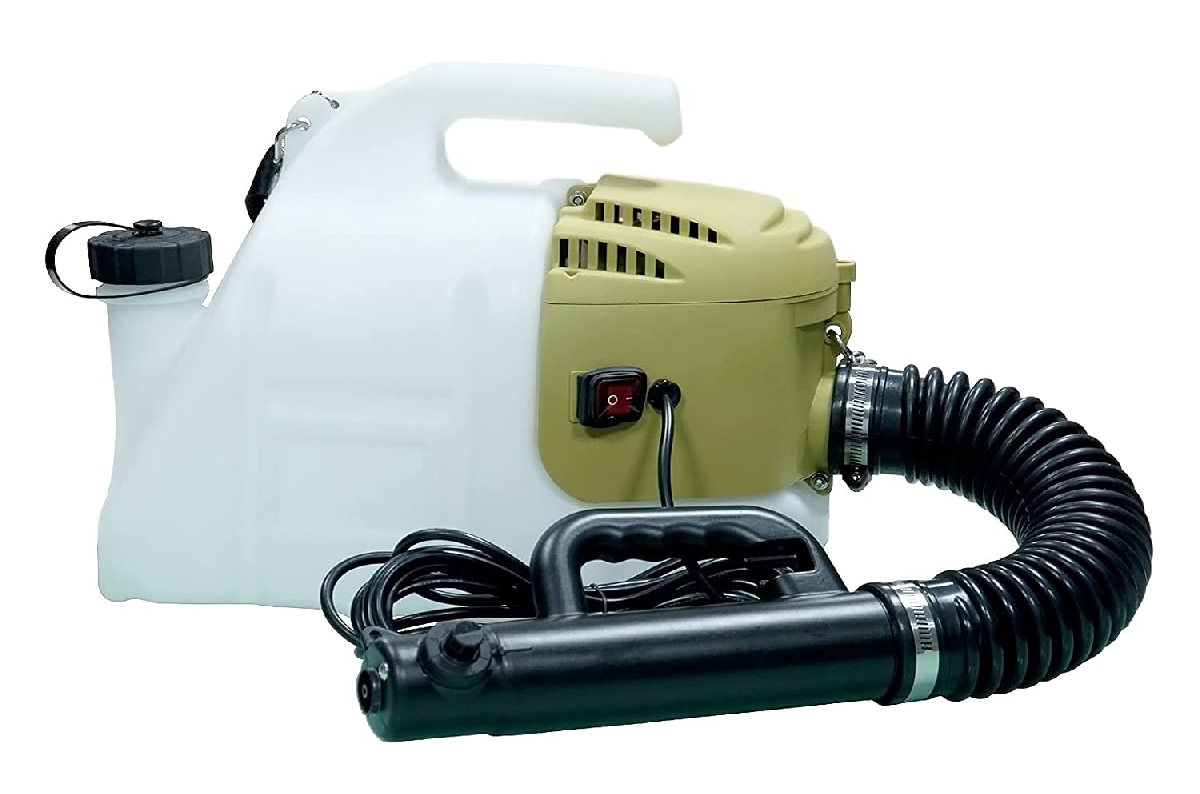
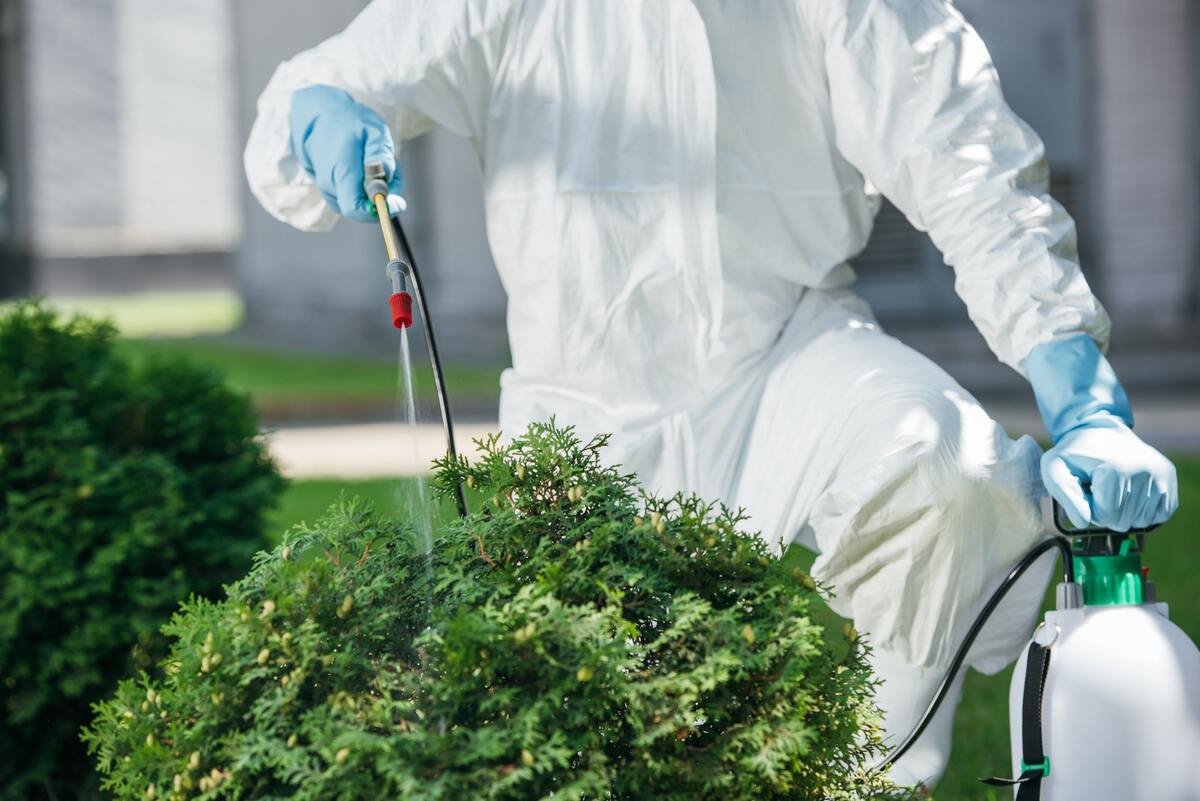

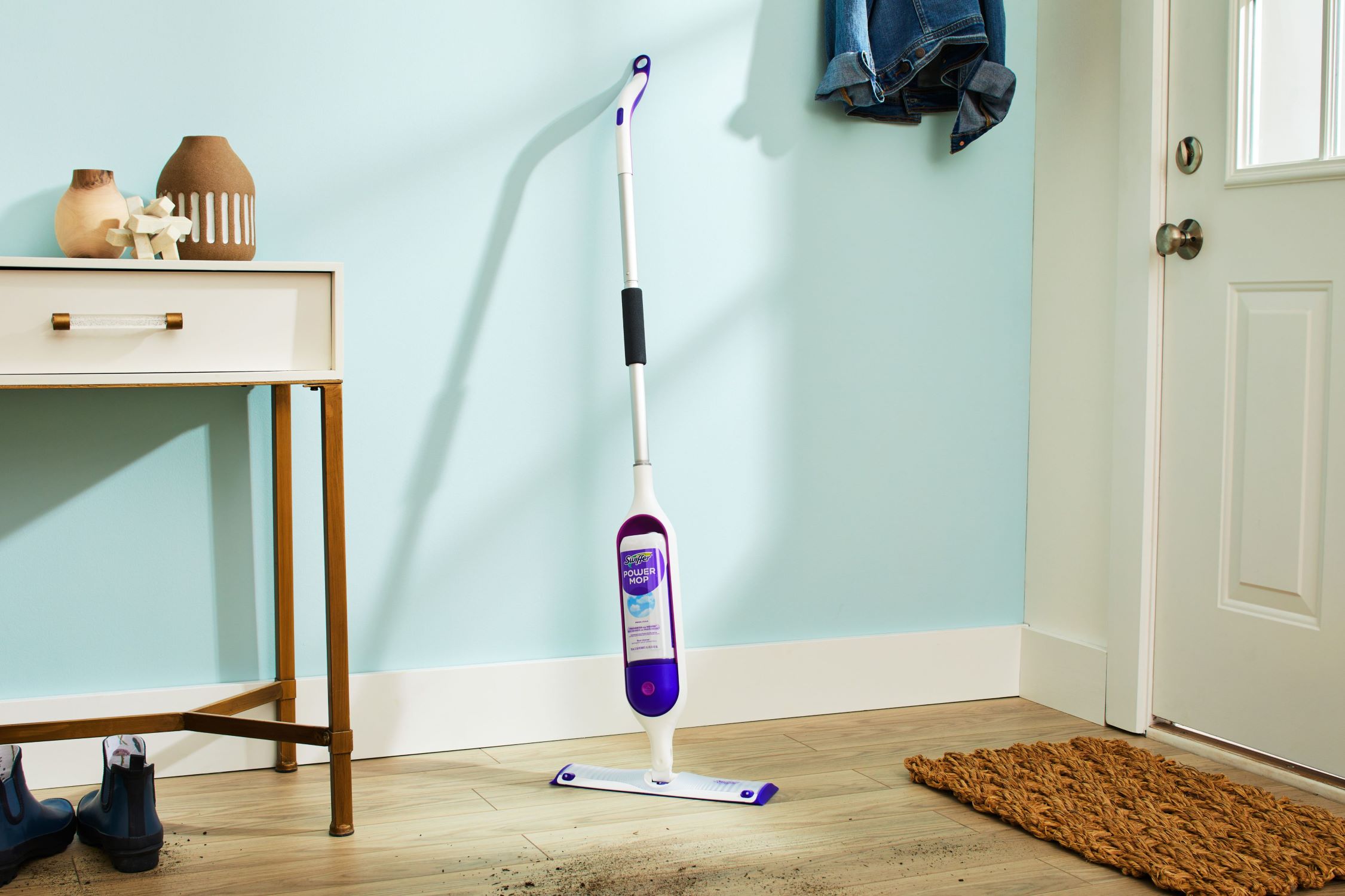
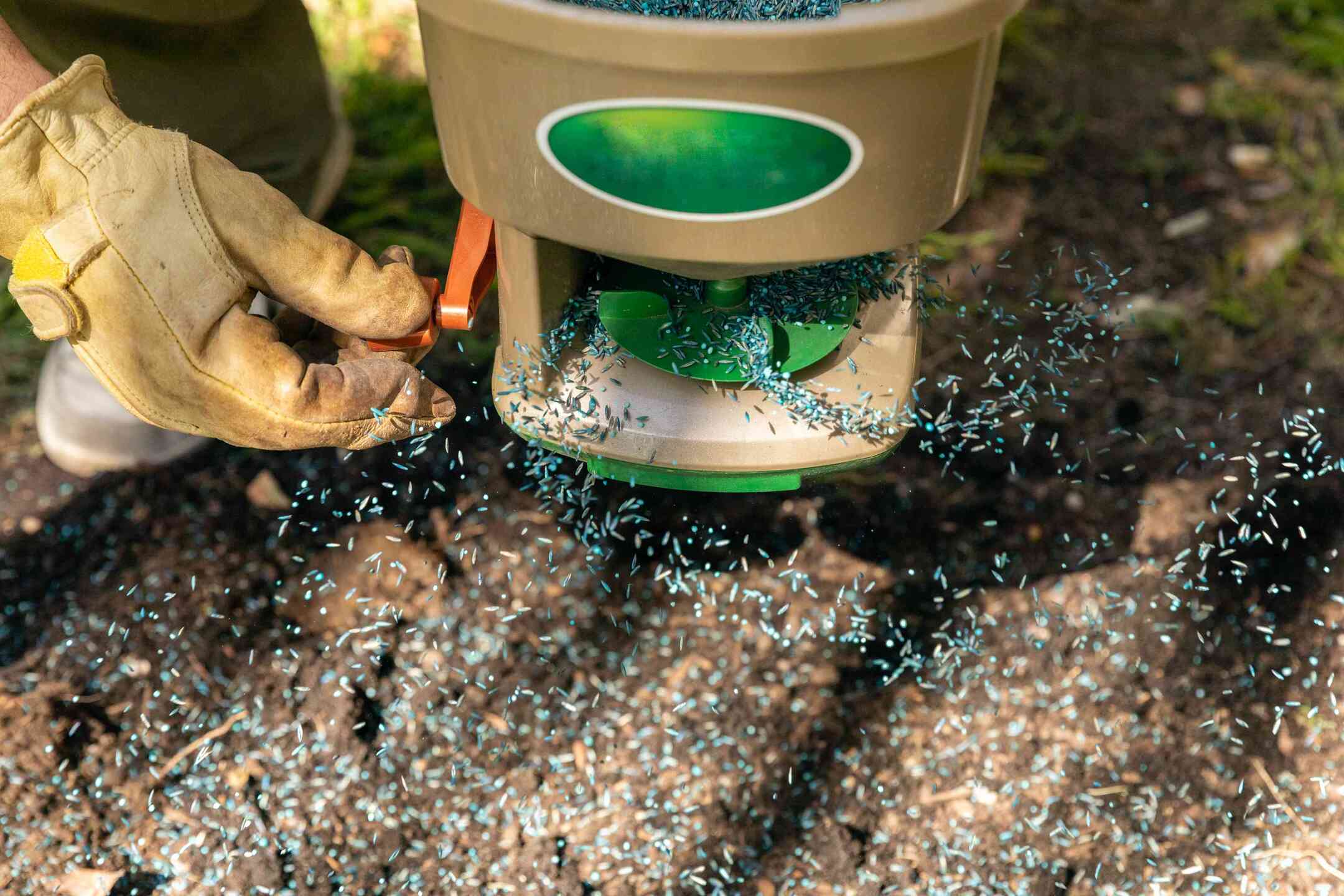
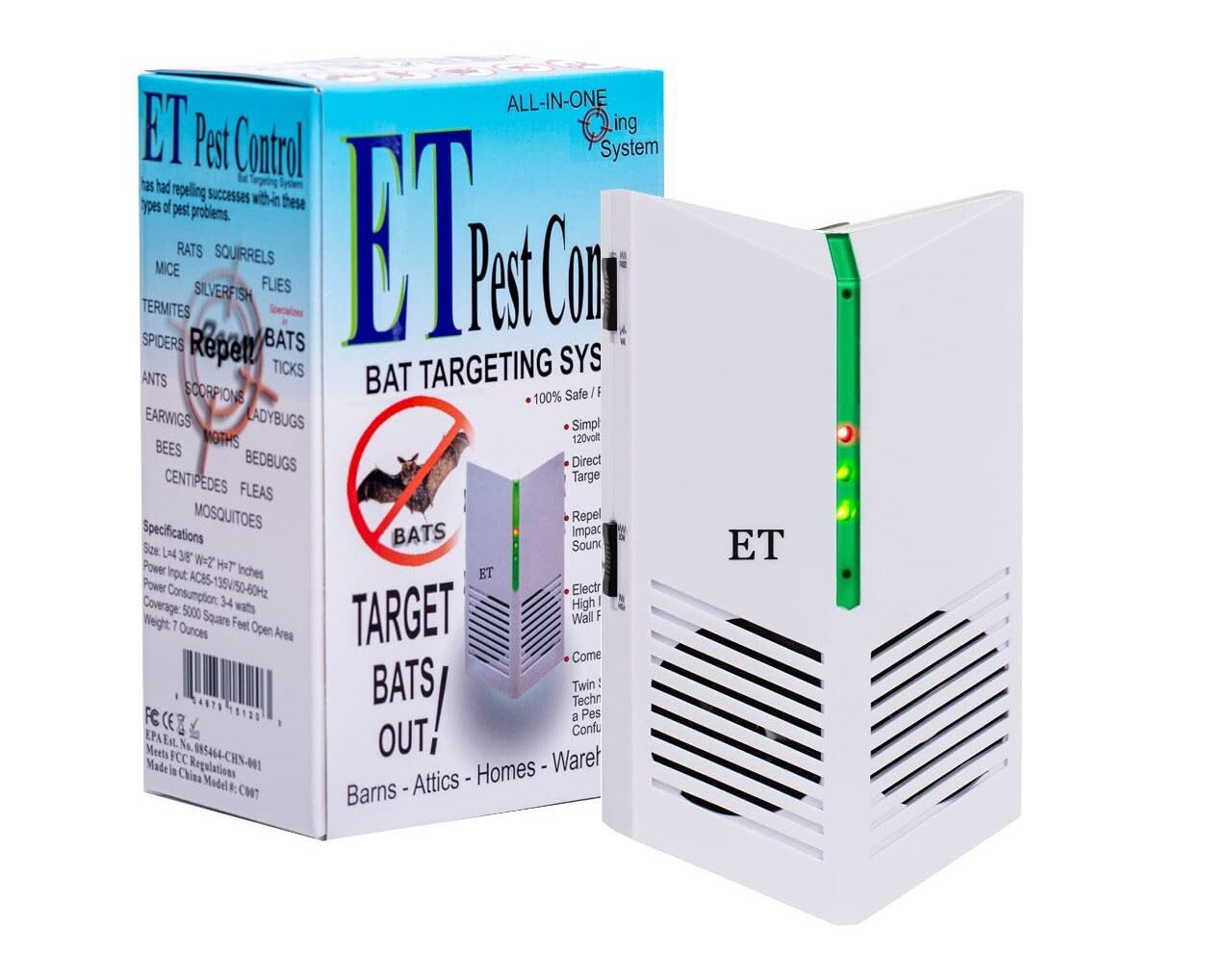

0 thoughts on “How Long After Pest Control Can I Mop”